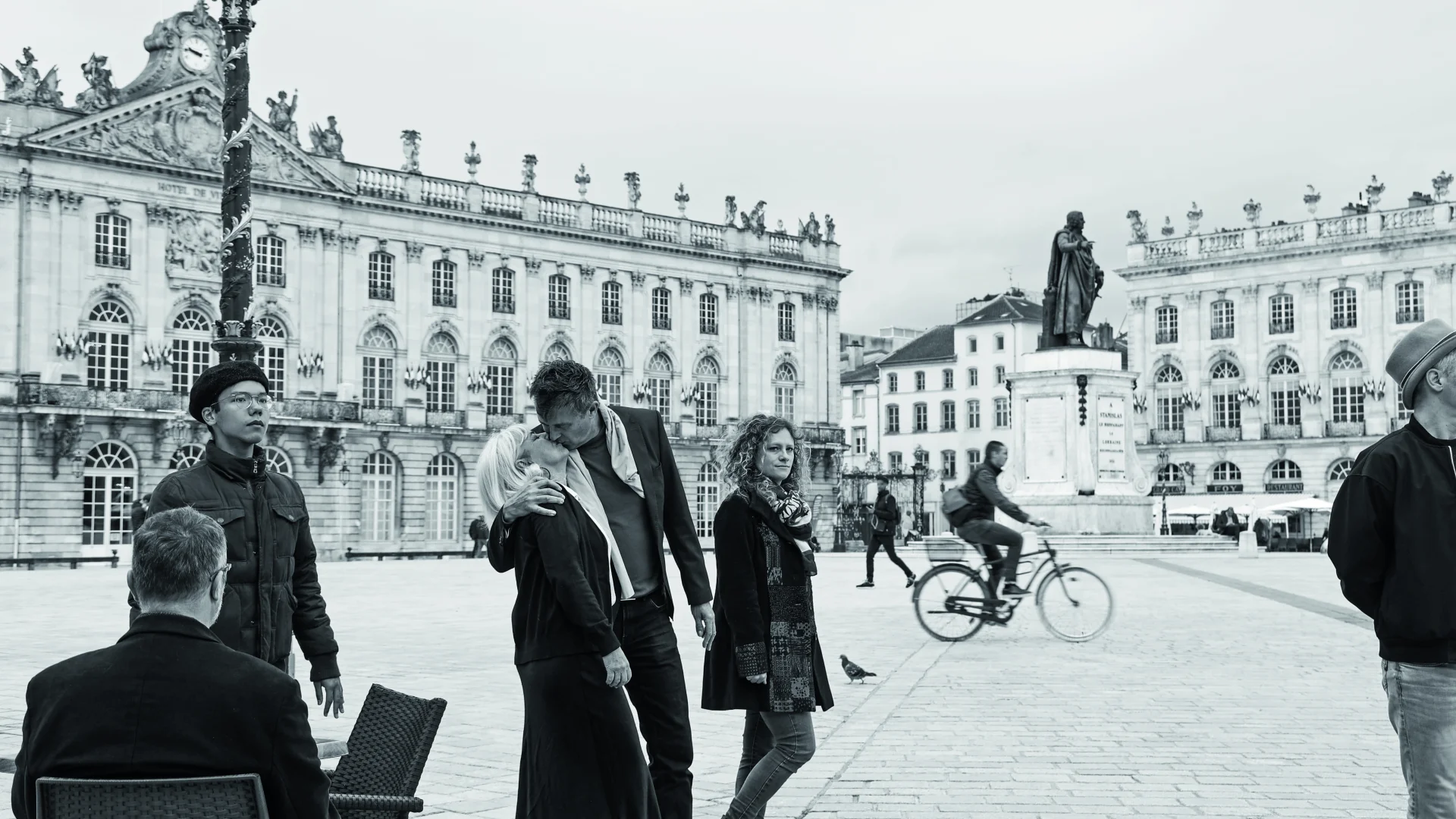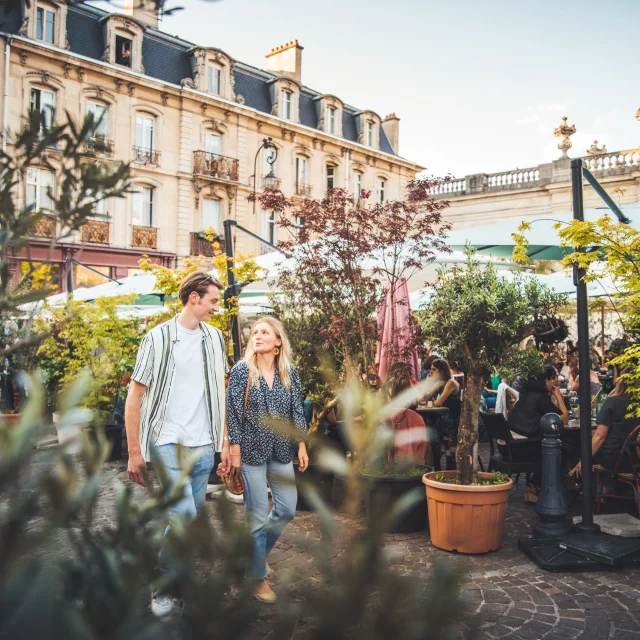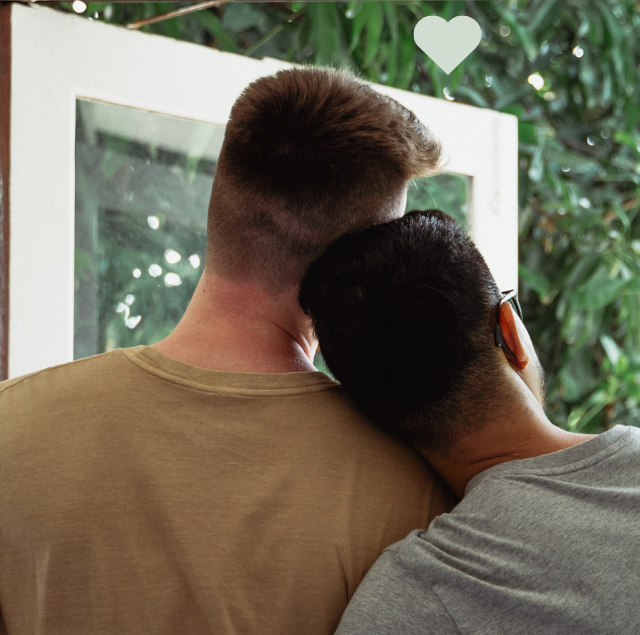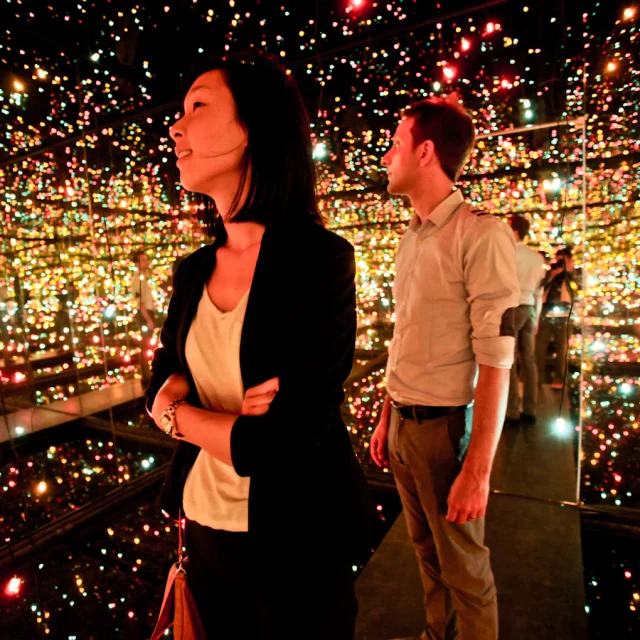
Love me, love me not…
Nancy didn’t need Tinder to make hearts flutter.
Through the centuries, the city has witnessed love stories that were fiery, discreet, tragic, or light; but always marked by the same sincerity. Auguste Bartholdi, yes, the creator of the Statue of Liberty, met his muse here: A milliner from rue d’Amerval, spotted on place Stanislas and instantly loved. Legend has it that her face inspired the Statue of Liberty itself. Just imagine!
Nancy is also the heartbeat of the École de Nancy, the Art nouveau movement which made nature, sensuality, and emotion the pillars of its beauty. Émile Gallé, the Daum brothers, Victor Prouvé… all found fertile ground here to express sensitivity.
And perhaps, in the end, love is also a question of architectural style ?







